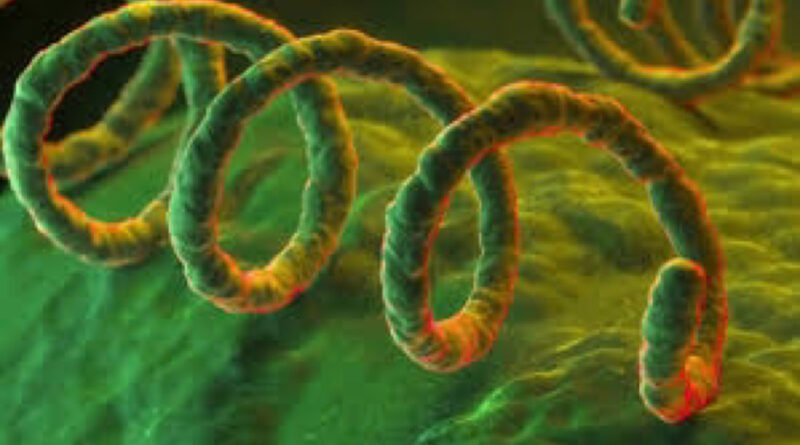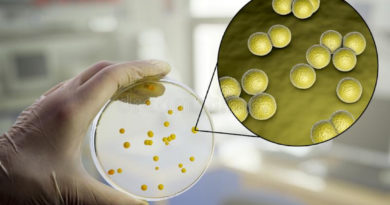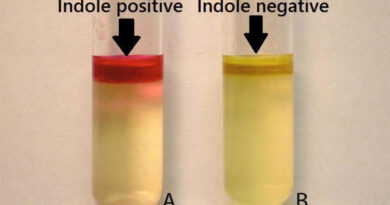The Cultural Characteristics of Treponema pallidum: Unveiling the Enigmatic Syphilis Pathogen
Treponema pallidum, the bacterium responsible for syphilis, is a microorganism that has perplexed and challenged scientists for decades. Understanding the cultural characteristics of T. pallidum is essential for both diagnosing syphilis and developing effective treatments. This article delves into the unique aspects of T. pallidum’s biology, growth requirements, and the challenges faced in cultivating this elusive pathogen.
Overview of Treponema pallidum
Treponema pallidum is a spirochete bacterium characterized by its spiral shape and motility. It is the causative agent of syphilis, a sexually transmitted infection with a significant impact on public health worldwide. Despite its medical importance, T. pallidum is notoriously difficult to study due to its fastidious nature and stringent growth requirements.
Morphology and Structure
T. pallidum is a slender, helically coiled bacterium, approximately 6-20 micrometers in length and about 0.1-0.2 micrometers in diameter. Its unique morphology is maintained by a flexible, peptidoglycan-rich cell wall and an outer membrane. The bacterium’s motility is facilitated by endoflagella (axial filaments) located in the periplasmic space, enabling it to move in a corkscrew motion. This motility is crucial for its ability to invade host tissues and disseminate throughout the body.
Growth Conditions
One of the primary challenges in studying T. pallidum is its inability to be cultured in artificial media, a problem that has persisted since its discovery. The bacterium relies on a host organism to meet its nutritional requirements, making it an obligate parasite. In the laboratory, T. pallidum is typically propagated in animal models, such as rabbits, which provide the necessary environment for its growth.
Nutritional Requirements
T. pallidum has complex nutritional needs that are not fully understood. It is known to require a rich supply of amino acids, purines, pyrimidines, and carbohydrates, which it scavenges from host tissues. The bacterium lacks many biosynthetic pathways, making it dependent on the host for essential nutrients. This dependency underscores the difficulty in creating a suitable in vitro culture system.
Oxygen Requirements
T. pallidum is microaerophilic, meaning it thrives in environments with low oxygen concentrations. This characteristic is consistent with its natural habitat within human tissues, where oxygen levels are relatively low compared to the external environment. In laboratory settings, maintaining an appropriate microaerophilic environment is crucial for the survival of T. pallidum during short-term studies.
Challenges in Cultivation
The inability to culture T. pallidum in artificial media poses significant challenges for researchers. Without a reliable in vitro culture system, studying the bacterium’s physiology, genetics, and pathogenic mechanisms is severely limited. The reliance on animal models, while useful, is not without ethical and logistical concerns, and it complicates large-scale studies.
Advances in Cultivation Techniques
Recent advances have provided some hope for overcoming these challenges. Researchers have developed co-culture systems using mammalian cells to support the growth of T. pallidum. These systems attempt to mimic the natural host environment, providing the necessary nutrients and conditions for the bacterium’s survival. While not yet perfect, these methods represent a significant step forward in T. pallidum research.
Conclusion
Treponema pallidum remains a challenging bacterium to study due to its fastidious nature and complex growth requirements. Its unique morphology, stringent nutritional needs, and microaerophilic lifestyle necessitate innovative approaches to cultivation and study. Despite the hurdles, ongoing research continues to shed light on this enigmatic pathogen, paving the way for improved diagnostic methods and treatments for syphilis. Understanding the cultural characteristics of T. pallidum is not only a scientific endeavor but also a crucial step in combating a disease that has afflicted humanity for centuries.



